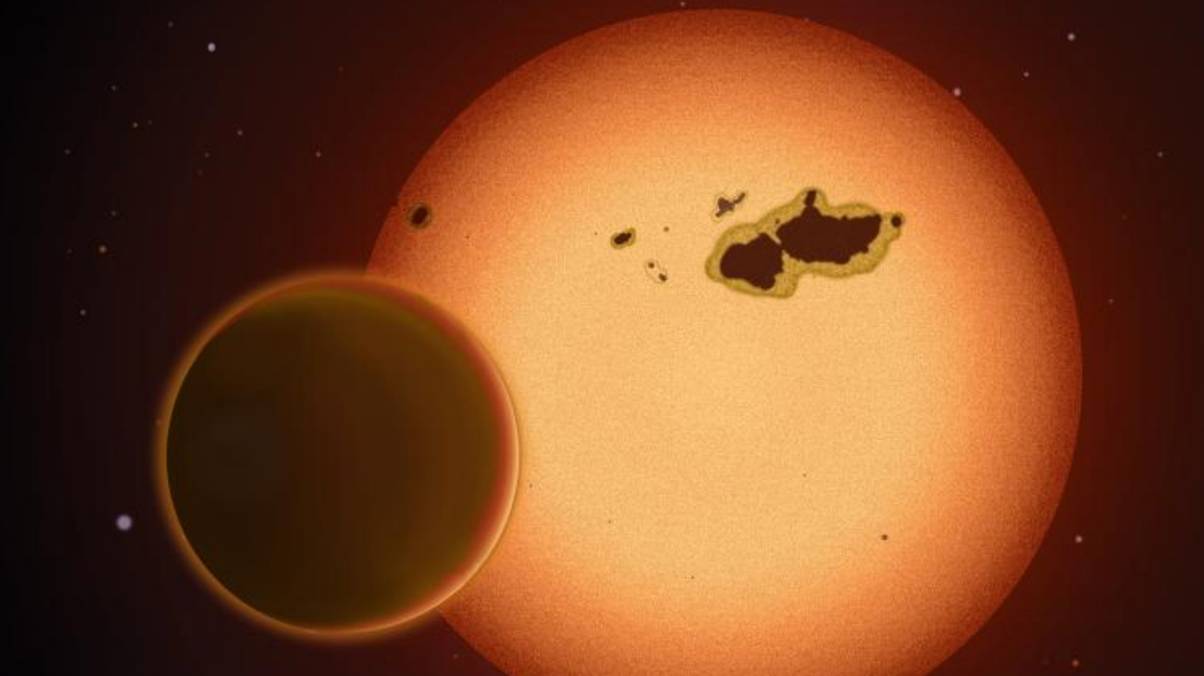Mysterious ‘Super-Earth’ Unveiled: Could This Be the Key to Unlocking Extraterrestrial Life?
So, it seems the universe might just be a bit more crowded than we thought—because scientists have stumbled upon a planet that could be humanity’s cosmic new neighbor. Meet Kepler-725c, a so-called ‘Super-Earth’ hanging out roughly 2,400 lightyears away, chilling in the sweet spot where water could flow and life might, just might, thrive. Now, this isn’t your everyday space rock; it’s got a rocky surface like our Blue Marble and takes a leisurely 207 days to orbit its youthful sun. The question is, are we on the verge of waving hello to extraterrestrial pen pals—or just another dusty rock? Either way, it’s a game-changer for those starry-eyed alien enthusiasts out there. LEARN MORE
The alien debate could be turning a corner, as scientists have just made quite the interesting discovery.
It turns out that us humans might not be the only ones calling the universe home after all, as boffins have just found another potentially habitable planet out among the stars.
Dubbed ‘Kepler-725c’, this planet might prove to be the breakthrough which extraterrestrial fans have been waiting for.
Researchers at the Chinese Academy of Sciences found the ‘Super-Earth’ planet sitting around 2,400 lightyears away.
For those who don’t know, Super-Earths are a class of planets which are bigger than Earth, yet lighter than the likes of Neptune and Uranus.
According to NASA, they can be made of gas, rock or a combination of both, while they are also usually between twice the size of Earth and up to 10 times its mass.
Despite the name suggesting it’s a superior version of our world, it’s simply a reference to its size.

Kepler-725c could sustain life, researchers believe (X/@ChineseEmbinUS)
The US space agency explains: “The true nature of these planets remains shrouded in uncertainty because we have nothing like them in our own solar system – and yet, they are common among planets found so far in our galaxy.
“We don’t yet know enough about these planets to tell at what point they might lose a rocky surface.
“But in the range of 3-10 times the mass of Earth, there might be a wide variety of planetary compositions, including water worlds, snowball planets, or planets that, like Neptune, are composed largely of dense gas.”
So, now we’ve gotten that out of the way, let’s get onto what the experts in China have just found.
The boffins located Kepler-725c in a ‘habitable zone’, meaning that the planet is at a distance from a star where favourable conditions can take hold.
Essentially, it’s not too hot or too cold for liquid water to exist on its surface, which is very intriguing – as we all know that H20 is a crucial ingredient when it comes to sustaining life.
Kepler-725c is also believed to have a rocky surface, just like Earth has – meaning theoretically, it could have an ocean and land.
As well as this, it orbits its host star in approximately 207.5 days…which isn’t that far off how long it takes us to get around the Sun, but still, it’s a shorter year than what we have.
This star which Kepler-725c orbits is only 1.6 billion years old, so it’s significantly younger than the ball of fire which gives us heat and light, which is three billion years its senior.

The Super-Earth has a rocky surface, just like Earth – and hey, maybe this is what it looks like (Getty Stock Image)
This information all supports the idea that Keplier-725c could in fact be habitable – but don’t get too excited, as nothing has been confirmed yet.
The authors of the study explain: “A super-Earth located in the habitable zone of a Sun-like star suggests the possibility of carbon-based life similar to that on Earth.
“It is situated at a distance nearly equivalent to 160 million times the distance from the Earth to the Sun.
“Kepler-725c might equally be a volatile-dominated water world.”
To make things even more interesting, the research team made this discovering using a new technique, which is known as Transit Timing Variation (TTV).
TTV detects fluctuations in a planet’s transit times, and the experts ended up spotting Kepler-725c because they picked up on the strange timing of another planet’s orbit, which was likely caused by the gravity of the Super-Earth.
“This discovery demonstrates that the transit timing variation method enables the detection and accurate mass measurement of a super-Earth/mini-Neptune within a solar-like star’s habitable zone,” the researchers added.
You never know lads, there might be a load of aliens giving us a wave from Kepler-725c as we speak.













Post Comment